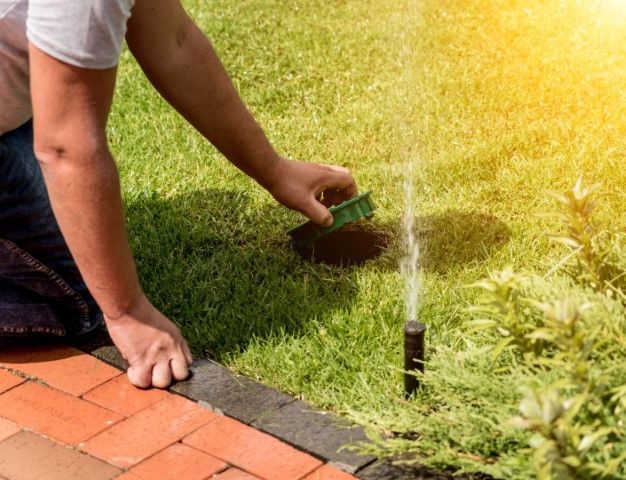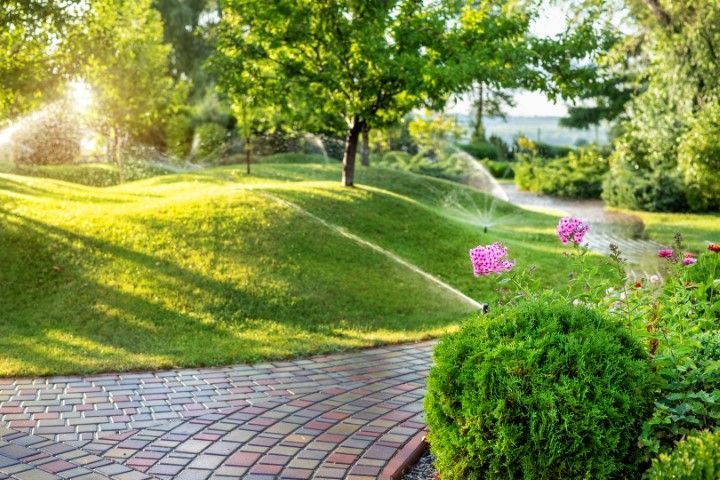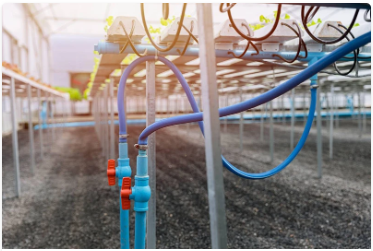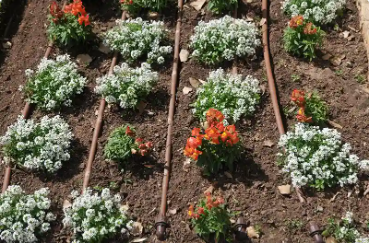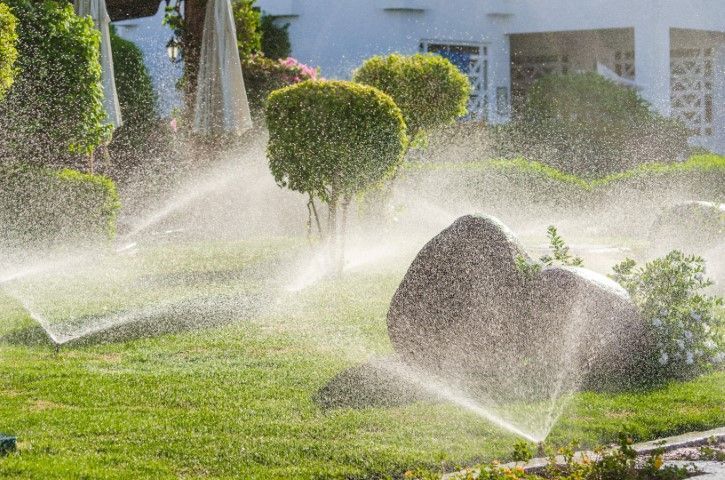Installing Sprinkler Systems in New Construction Projects - SPRINKLER SYSTEMS OF SANANTONIO
Installing Sprinkler Systems in New Construction Projects
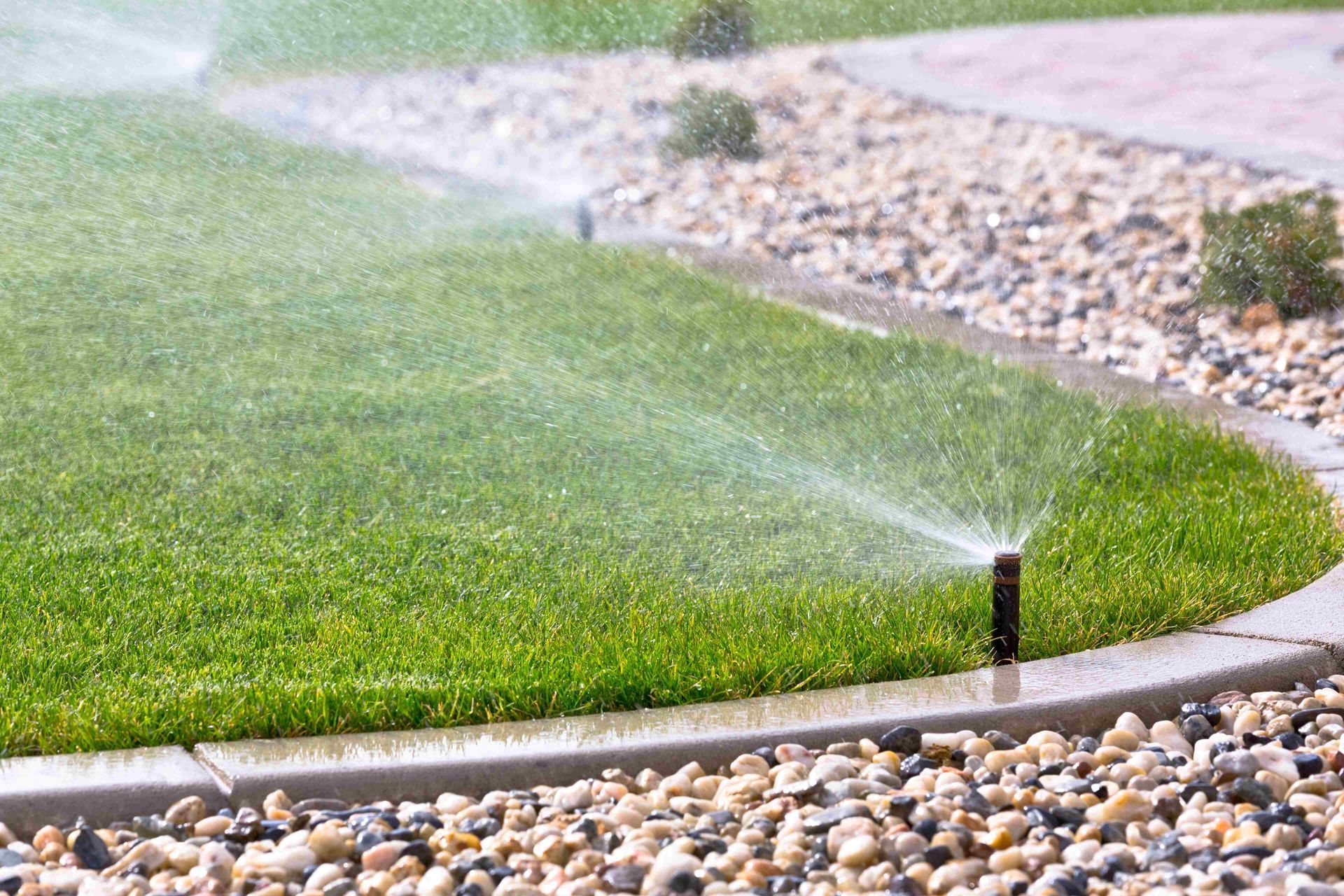
Installing sprinkler systems in new construction projects involves meticulous planning and design, including site surveys, assessment of water sources, and hydraulic calculations. System selection, whether spray, rotor, or drip, must align with area size and water source characteristics. The installation process requires precise trenching, placement of sprinkler heads, and rigorous pressure testing to ensure efficiency. Regulatory compliance with local codes and standards, including NFPA guidelines, is critical to avoid legal complications. Regular inspections and maintenance, such as seasonal adjustments and NFPA 25 adherence, are essential for longevity and optimal operation. There are numerous technical details that can define success in this field.
Planning and Design
Planning and design are fundamental steps in the installation of an efficient sprinkler system. These phases necessitate a meticulous analysis of site considerations and water sources to ensure optimal functionality. From the outset, conducting a thorough site survey is imperative. This involves evaluating topographical features, soil composition, and existing landscape architecture. Such site considerations are crucial in determining the placement of sprinkler heads and ensuring uniform water distribution.
Equally important is the assessment of water sources. Factors such as water pressure, flow rate, and availability must be meticulously analyzed. For instance, if utilizing a municipal water supply, it is vital to ascertain whether the pressure meets the system’s operational requirements. Conversely, when relying on well water or other alternative sources, considerations must include pumping capacity and potential treatment needs to prevent clogging and corrosion.
Moreover, the integration of backflow prevention devices is non-negotiable to safeguard potable water from contamination. Advanced planning also involves hydraulic calculations to ensure that each zone receives adequate water flow and pressure. In essence, the meticulous planning and design phase forms the bedrock of an efficient, reliable sprinkler system tailored to specific site conditions and water resource parameters.
Choosing the Right System
Selecting the appropriate sprinkler system is paramount to achieving efficient irrigation tailored to specific landscape needs. The first step in this crucial decision involves understanding the various system types available, including spray systems, rotor systems, drip irrigation, and micro-sprinklers. Each type offers distinct advantages depending on the landscape’s configuration and the water sources available.
Spray systems, known for their broad coverage, are suitable for smaller, uniformly shaped areas. Conversely, rotor systems provide efficient water distribution over larger expanses, reducing runoff and promoting deeper soil penetration. Drip irrigation systems are highly effective for targeted watering, ideal for gardens and specific plant zones, minimizing water wastage through direct soil absorption. Micro-sprinklers, offering localized water delivery, excel in areas with diverse vegetation types.
The selection process must also consider water sources, as the irrigation system’s efficiency and sustainability heavily depend on this factor. Municipal water, wells, and reclaimed water sources each present unique characteristics and constraints, influencing system compatibility and operational costs. Ultimately, matching the sprinkler system type with the appropriate water source ensures optimal performance, resource conservation, and long-term landscape health.
Installation Process
After determining the most suitable sprinkler system for your landscape, the next step involves the precise installation process to ensure optimal performance and longevity. The initial phase entails developing a system layout, a comprehensive blueprint that outlines the positioning of all sprinkler heads, piping, and control valves. This layout must consider factors such as water pressure, coverage area, and the specific watering needs of different zones within the landscape.
Once the system layout is finalized, trenching begins to accommodate the piping infrastructure. PVC or polyethylene pipes are typically used, selected for their durability and resistance to corrosion. Proper pipe installation is crucial, ensuring that each segment is securely connected and positioned at the correct depth to prevent damage and ensure efficient water flow.
Subsequently, sprinkler heads are installed at designated points, ensuring uniform coverage. Attention to detail is vital here; each head should be adjusted for optimal spray patterns and distances.
Following the physical installation, pressure testing is conducted to verify the integrity of the system. This involves pressurizing the piping network to identify any leaks or weaknesses that could compromise efficiency. Corrective measures are taken as necessary to rectify any issues, ensuring the system operates at peak performance.
Compliance and Regulations
Ensuring compliance with local and national regulations is a critical component of sprinkler system installation. Adhering to zoning laws and local codes is paramount to achieving a fully compliant fire protection system. Zoning laws dictate the specific requirements and restrictions based on property location and intended use. They impact various elements, such as system design, water supply adequacy, and placement of control valves.
Local codes often align with, but may also exceed, the standards set by national organizations such as the National Fire Protection Association (NFPA). The NFPA 13 standard, for instance, outlines extensive guidelines for the installation of sprinkler systems, covering aspects such as hydraulic calculations, pipe materials, and system components. However, local jurisdictions frequently impose additional provisions that must be meticulously followed.
Additionally, coordination with local fire marshals and building inspectors is essential. These officials play a pivotal role in reviewing design plans, approving system components, and overseeing on-site inspections. Non-compliance can result in significant delays, financial penalties, or even the necessity to redesign and reinstall parts of the system. Therefore, a thorough understanding of both zoning laws and local codes is indispensable for ensuring that sprinkler systems are not only functional but also legally compliant.
Inspection and Maintenance
Regular inspection and maintenance of sprinkler systems are crucial to ensuring their optimal performance and longevity. These procedures are fundamental in maintaining system efficiency, thereby ensuring that the sprinklers function correctly and reliably in emergency situations. Key components such as control valves, pressure gauges, and sprinkler heads must be routinely inspected for wear, leaks, and blockages.
Seasonal adjustments are a critical aspect of maintenance protocols. For instance, during colder months, systems must be winterized to prevent freezing of pipes, which could lead to significant damage and reduced efficacy. Conversely, in warmer seasons, ensuring that fire suppression systems are free from obstructions such as dust or debris is paramount for maintaining peak operational integrity.
It’s recommended that inspections adhere to NFPA 25 standards, which provide comprehensive guidelines on the frequency and scope of inspections, testing, and maintenance activities. These standards ensure that any potential issues are identified and rectified promptly, reducing the risk of system failure.
Integration of automated monitoring systems can further enhance maintenance regimes by providing real-time data and alerts on system performance, thus facilitating proactive maintenance and ensuring continuous compliance with safety regulations.
- Avoid These 5 Common Irrigation Blunders Every Homeowner Makes
- Your Go-To Guide for Picking the Perfect Sprinkler System for a Lush Lawn: Handy Tips and Tricks
- Impact of Climate on Irrigation System Design and Operation
- The Role of Soil Moisture Sensors in Irrigation Efficiency
- Cost-Effective Irrigation Solutions for Small Gardens
